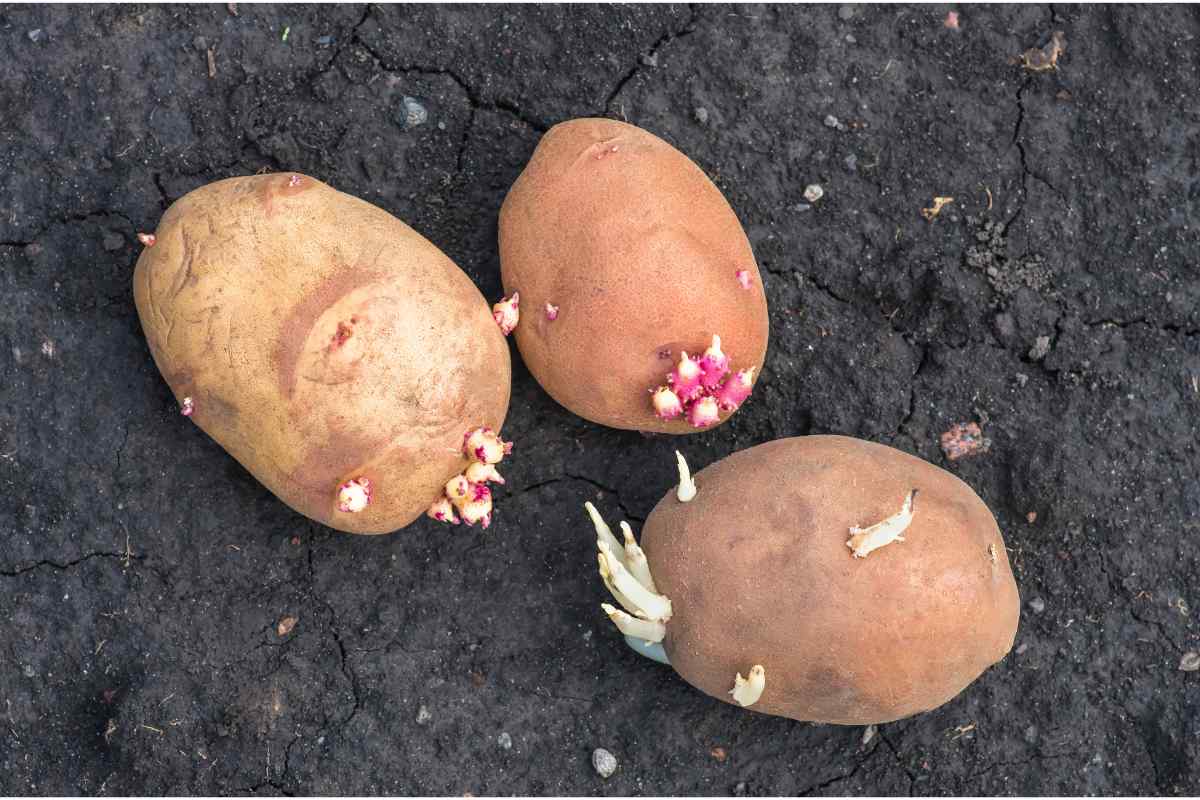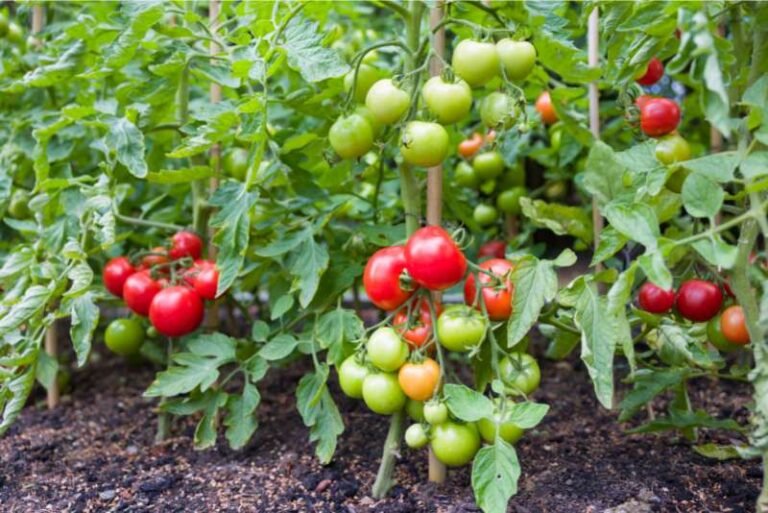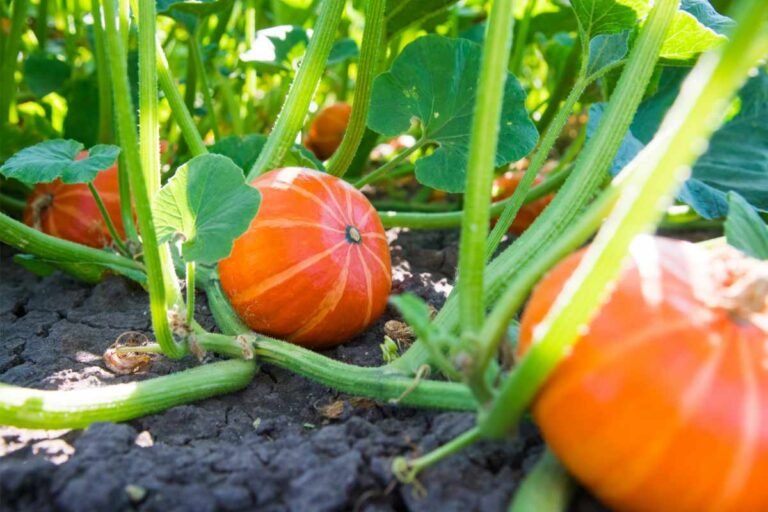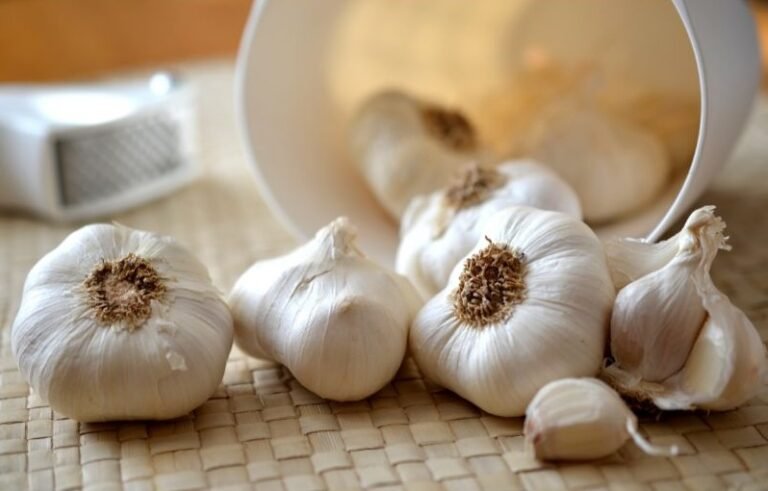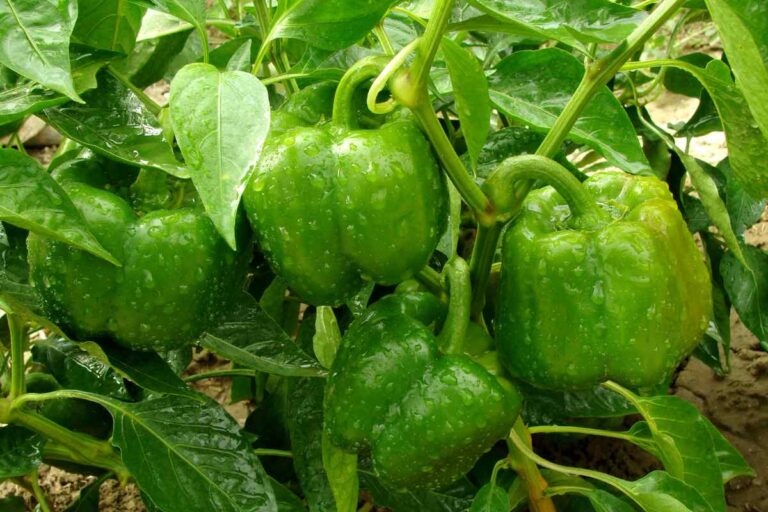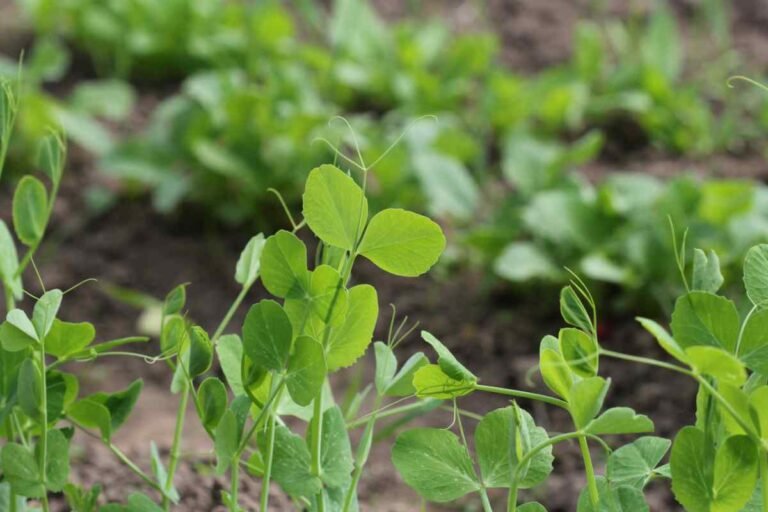Zero-Waste Gardening: Growing Potatoes from Scraps
In recent years, the zero-waste movement has gained popularity as people become more environmentally conscious. One way to incorporate zero-waste principles into daily life is through gardening, specifically by growing potatoes from scraps. This article will provide a comprehensive guide to help you get started on your journey of zero-waste gardening and growing potatoes from scraps.
Benefits of Growing Potatoes from Scraps
Growing potatoes from scraps offers numerous benefits, both for the environment and the gardener. Some of the advantages include:
Reducing waste
By using potato scraps, you’re repurposing food waste that would otherwise end up in landfills, contributing to a more sustainable lifestyle.
Saving money
Growing potatoes from scraps is an economical choice, as it eliminates the need to purchase seed potatoes.
Pesticide-free produce
Homegrown potatoes are free from the harmful chemicals often found in store-bought produce.
Freshness and taste
Homegrown potatoes have a superior taste and freshness compared to store-bought options.
Potato Varieties for Growing from Scraps
Different potato varieties offer various textures, flavors, and growth times. When growing potatoes from scraps, consider experimenting with these popular types:
Russet
Known for their fluffy texture, Russets are excellent for baking and making French fries.
Yukon Gold
With a buttery flavor and smooth texture, Yukon Gold potatoes are versatile for various dishes.
Red
Red potatoes have a waxy texture, making them ideal for salads and roasting.
Fingerling
These small, elongated potatoes come in various colors and are perfect for roasting or adding to salads.
Growing Potatoes from Scraps: From Planting to Harvest
Growing potatoes from scraps is an excellent way to embrace zero-waste gardening, reduce waste, and enjoy fresh, delicious produce. With proper care and attention, you can successfully grow potatoes from scraps and add to a more ecological life. As you incorporate the following practices into your garden, you’ll not only enjoy the fruits of your labor but also create a positive impact on the environment.
Choosing the Right Potato Scraps
The first step in growing potatoes from scraps is selecting the right scraps. Look for potatoes with “eyes” or sprouts, as these indicate that the potato is ready to grow. Opt for organic potatoes, as non-organic ones may have been treated with chemicals that inhibit sprouting. Scraps from healthy, unblemished potatoes are the best choice for successful growth.
Preparing Potato Scraps for Planting
Once you’ve chosen your potato scraps, follow these steps to prepare them for planting:
- Cut the potato into pieces, ensuring that each piece has at least one eye or sprout.
- Allow the cut pieces to dry for 24-48 hours, forming a protective layer that helps prevent rotting.
- For added nutrients, consider dipping the cut sides in powdered sulfur or organic seaweed powder before planting.
Planting and Growing Potatoes from Scraps
Here’s how to plant and grow potatoes from scraps:
- Choose a suitable location with well-draining soil and 6-8 hours of sunlight daily.
- Amend the soil with compost or well-rotted manure to provide essential nutrients.
- Dig trenches 4-6 inches deep, spacing them about 12-15 inches apart.
- Place the potato pieces, cut side down and eyes facing up, in the trenches, spacing them 8-12 inches apart.
- Cover the potato pieces with 3-4 inches of soil, and water thoroughly.
Caring for Your Potato Plants
Proper care is essential for the successful growth of potatoes from scraps. Here are some tips:
- Water consistently, ensuring the soil remains moist but not waterlogged.
- Hill the soil around the base of the plants when they reach 8-10 inches in height, covering the lower leaves. This encourages the formation of more tubers and prevents sun exposure, which can turn the potatoes green and toxic.
- Fertilize with an organic, low-nitrogen fertilizer or add more compost to support plant growth.
- Keep an eye out for pests, such as potato beetles, and use organic methods, like introducing beneficial insects or hand-picking, to control them.
- Watch for signs of disease, such as yellowing leaves or wilting, and remove affected plants to prevent the spread of infection.
Harvesting Your Homegrown Potatoes
Harvesting potatoes grown from scraps is an exciting and rewarding process. Follow these steps for a successful harvest:
- Wait until the plant’s foliage turns yellow and starts to die back, indicating the potatoes are ready for harvest.
- Gently dig around the base of the plants with a garden fork or your hands, being careful not to damage the tubers.
- Wipe away any excess dirt after removing the potatoes from the soil.
- Allow the potatoes to cure in a cool, dark, and well-ventilated space for about 2 weeks to develop a thicker skin for storage.
- Store your harvested potatoes in a cool, dark, and well-ventilated area to extend their shelf life.
Container Gardening Tips for Growing Potatoes from Scraps
Growing potatoes from scraps in containers provides an excellent option for gardeners with limited space. Keep these tips in mind when planting potatoes in containers:
- Choose a container with a minimum depth of 12-15 inches and drainage holes to prevent waterlogging.
- Use a high-quality, well-draining potting mix amended with compost for optimal growth.
- Space potato pieces about 4-6 inches apart in the container to allow for sufficient root development.
- Move the container to a sheltered location if extreme weather threatens your plants, such as heavy rain, strong winds, or scorching heat.
Creative Ways to Use Homegrown Potatoes
Once you’ve successfully harvested your potatoes grown from scraps, consider trying these delicious and creative recipes:
Homemade Potato Chips
Slice your potatoes thinly, season them to your liking, and bake or fry them for a crispy snack.
Potato Gnocchi
Create a delicious Italian dish by combining mashed potatoes, flour, and egg to make homemade gnocchi.
Stuffed Potato Skins
Scoop out the flesh of baked potatoes, combine with your favorite fillings, and bake until crispy and golden.
Potato and Vegetable Gratin
Layer thinly sliced potatoes and vegetables in a baking dish, cover with cheese and cream, and bake until bubbly and golden.
Tips for a Successful Zero-Waste Garden
To make the most of your zero-waste garden, consider these tips:
- Use crop rotation to preserve soil quality and limit the propagation of pests and diseases.
- Utilize companion planting to improve plant growth, control pests, and increase biodiversity.
- Compost kitchen scraps and garden waste to create nutrient-rich, homemade fertilizer.
- Harvest rainwater to reduce water consumption and provide a more sustainable water source for your plants.
- Choose native plants and flowers to attract beneficial insects and pollinators, promoting a balanced ecosystem.
By incorporating these ideas and tips into your gardening and cooking practices, you’ll make the most of your zero-waste gardening journey while growing potatoes from scraps.
Let’s Have a Quick Overview
Zero-Waste Gardening: Growing Potatoes from Scraps – FAQs
What is Zero-Waste Gardening?
Zero-waste gardening is a sustainable approach to gardening that aims to minimize waste production and resource consumption. This practice involves recycling and repurposing materials, conserving water, and utilizing organic methods to maintain a healthy garden ecosystem.
How do I Grow Potatoes from Scraps?
To grow potatoes from scraps, start by selecting potato pieces with sprouting eyes. Cut the potato into pieces with at least one eye each and let them dry for 24-48 hours. Plant the potato pieces in well-draining soil with the cut side down and eyes facing up. Provide consistent water, sunlight, and proper care to encourage successful growth.
Are there Any Benefits to Growing Potatoes from Scraps?
Growing potatoes from scraps offers numerous benefits, such as reducing waste, saving money, producing pesticide-free produce, and enjoying fresher and tastier potatoes compared to store-bought options.
How do I Know When to Harvest My Potatoes Grown from Scraps?
When the potato plant’s foliage turns yellow and starts to die back, it’s an indication that the potatoes are ready for harvest. Carefully dig around the base of the plants to remove the potatoes, brush off excess dirt, and let them cure in a cool, dark, and well-ventilated space for about 2 weeks before storing.
How Can I Prevent Pests And Diseases In My Potato Plants?
To prevent pests and diseases in your potato plants, practice crop rotation, utilize companion planting, and introduce beneficial insects to control pests. Monitor your plants regularly for signs of disease, and remove affected plants to prevent the spread of infection.
Can I Grow Potatoes from Scraps in Containers?
Yes, potatoes can be grown from scraps in containers. Choose a large container with drainage holes and fill it with well-draining soil amended with compost. Plant the potato pieces as you would in the ground, and ensure the container receives adequate sunlight and water.
What is the Time Required to Grow Potatoes from Scraps?
Potatoes grown from scraps generally take about 70-120 days to reach maturity, depending on the variety and growing conditions. Early-season varieties mature faster, while late-season varieties take longer to produce a full harvest.
What other Zero-Waste Gardening Practices can I Incorporate into My Garden?
To create a more sustainable garden, practice crop rotation, companion planting, composting, rainwater harvesting, and choose native plants and flowers to attract beneficial insects and pollinators. These practices will help maintain a healthy garden ecosystem while minimizing waste and resource consumption.

